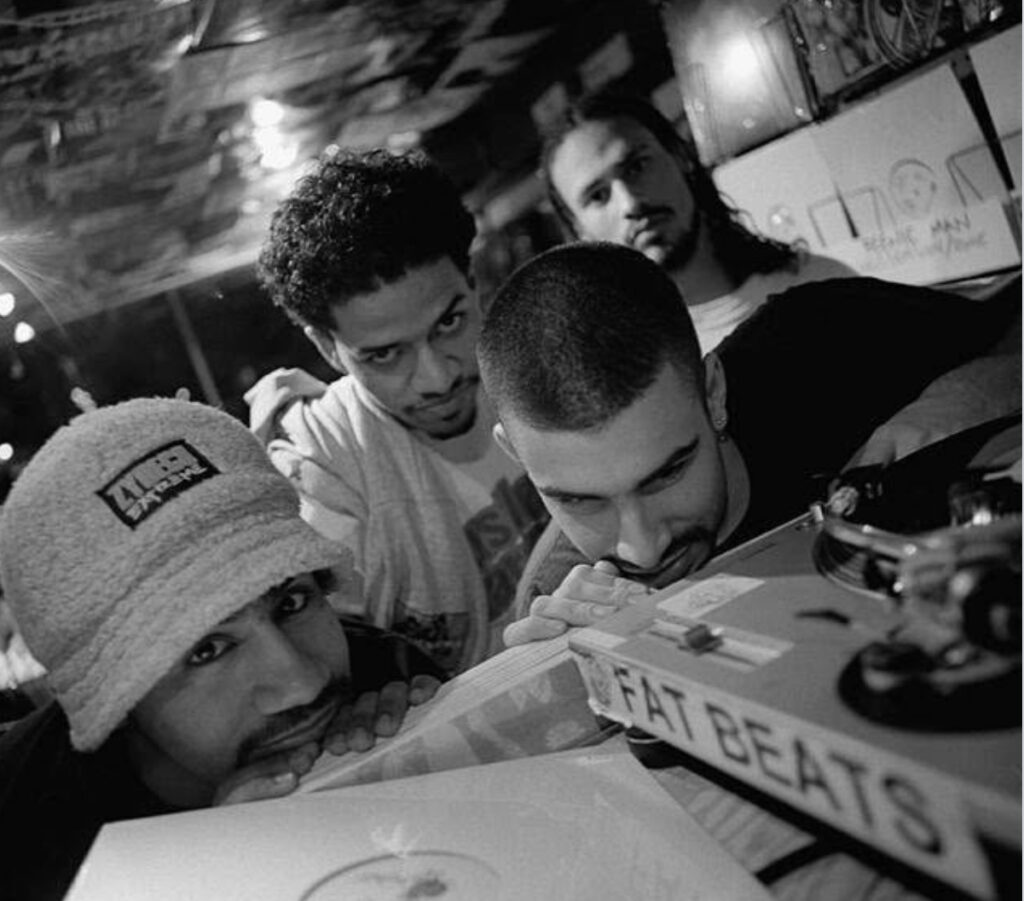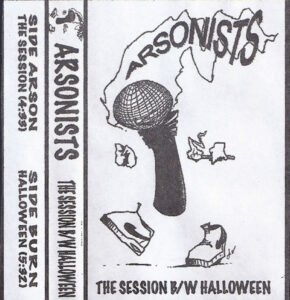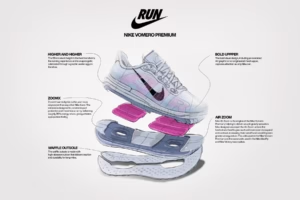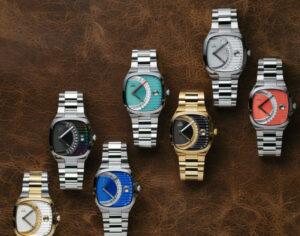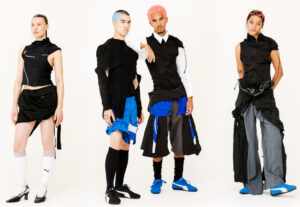In the mid-1990s, New York City was a battleground for hip-hop. The golden age had matured into a commercial renaissance, with artists like Nas, Biggie, Jay-Z, and the Wu-Tang Clan redefining the mainstream. Radio stations like Hot 97 became cultural centers, deciding which voices were heard and who stayed underground. But amid this commercial boom, one impromptu moment cut through the noise—a 1996 freestyle session between Funkmaster Flex and a then-unknown group called The Arsonists, broadcast live from Hot 97.
It was one of those rare collisions where the underground breached the airwaves of a corporate giant. And though it lasted only minutes, the moment immortalized both the promise and the plight of indie hip-hop groups at the time. It wasn’t just a freestyle; it was a seismic act of creative insurgency.
The Arsonists: Brooklyn’s Hidden Flame
Formed in the early 1990s in Bushwick, Brooklyn, The Arsonists—originally known as the Bushwick Bomb Squad—were a five-member crew comprising Q-Unique, Freestyle, D-Stroy, Swel Boogie, and Jise One. The group built their name in cipher circles, underground battles, and independently pressed vinyl. They were anti-establishment by default—emcees with a sharpened pen and an even sharper ethic.
At a time when labels were chasing pop hooks and glossy visuals, The Arsonists favored complex rhyme patterns, abstract metaphors, and an unrelenting boom-bap aesthetic. Their lyrics often read like coded blueprints: multi-syllabic, metaphor-heavy, and delivered with breakneck urgency. They were the embodiment of New York’s raw, unfiltered talent, standing in stark contrast to the polished, sample-heavy production coming out of studios like Bad Boy’s “Hit Factory.”
Their rise wasn’t meteoric. It was incremental—built through relentless performing, radio submissions, and old-school footwork. The crew’s dedication to lyricism, storytelling, and authenticity earned them reverence in underground circles, but mainstream success remained elusive.
The Hot 97 Moment: Blaze in Real Time
The story goes that The Arsonists were participating in an open mic battle when Funkmaster Flex, the iconic DJ and tastemaker, caught wind of their performance. Whether by pure energy or lyrical precision, the crew stood out in a sea of hopefuls. Flex invited them on-air during one of his infamous Hot 97 sets—a rare invitation for artists not signed to a major label or affiliated with a known brand.
That night in 1996, as part of a late-night freestyle segment, the group delivered a live rendition of their track “Blaze.” While the track would later be re-recorded and featured on their 1999 debut album As the World Burns, this live broadcast was its primal incarnation—unsanitized, fierce, and electric.
It wasn’t just another freestyle—it was a performance with purpose. The Arsonists flowed in rapid succession, trading verses like grenades, shouting out boroughs, crews, and their mission: to burn down the establishment with bars. There was no hook, no compromise, no request to “dumb it down.” Just raw emceeing.
For many, it was the first time hearing the group. For others tuned into the pulse of New York’s street-level hip-hop, it was vindication: the underground had finally snuck through the radio’s golden gates.
Funkmaster Flex: The Bridge Builder
To understand the moment’s significance, one must understand Funkmaster Flex’s position in 1996. A key figure at Hot 97, Flex’s role was both gatekeeper and champion. He was known for breaking major hits, supporting major artists, and delivering the famous “bomb drop” sound effect that turned new releases into instant anthems.
But Flex was also a student of the game. Despite his mainstream reach, he never abandoned the essence of freestyle culture and mixtape authenticity. He maintained connections with street-level talent, giving slots to lesser-known DJs, and occasionally opening the mic for unsigned emcees.
By giving The Arsonists airtime, Flex affirmed that there was still space for lyricism, group chemistry, and unfiltered energy on New York’s biggest station. His co-sign didn’t change their trajectory overnight—but it gave them visibility, credibility, and most of all, archival legitimacy. For underground groups, being on Hot 97—even once—was like being inducted into a living museum of East Coast rap.
The Aftermath: As the World Burns
While The Arsonists’ freestyle generated buzz in underground circles, they struggled to translate that energy into a full-blown commercial career. In 1999, three years after the Hot 97 session, they released their debut album As the World Burns via Matador Records—a label better known for indie rock than hip-hop.
The album was a critical success. Tracks like “Pyromaniax,” “Halloween,” and “Blaze” showcased their signature style: cinematic beats, surreal lyrics, and collective flow dynamics rarely heard outside of Wu-Tang Clan. But radio play was limited, and mainstream media largely overlooked them amid the rise of club-friendly rap and Southern hip-hop’s ascent.
Still, As the World Burns became a cult classic. It’s now remembered as one of the most authentic documents of late-‘90s underground New York hip-hop—a benchmark for raw artistry over commercial polish.
Their Hot 97 freestyle, recorded by listeners on cassette, became a bootleg legend. Passed hand to hand, it appeared on early message boards, was shared on LimeWire, and remains archived on YouTube and SoundCloud today. It’s not just audio—it’s a cultural relic.
The Value of a Moment
Looking back, the Arsonists’ Hot 97 appearance wasn’t a launchpad in the traditional sense. It didn’t lead to major label deals or TV appearances. But its symbolic value was immense.
In an era defined by the tension between commercial rap and underground ethos, it was a reminder that even the most formidable platforms could still honor the cipher. That live freestyle validated the DIY hustle and proved that artistry still mattered in an increasingly commodified industry.
For fans, it was lightning in a bottle—a snapshot of a time when skill could still command attention, even if only for one night.
Legacy and Influence
Today, The Arsonists are revered by hip-hop purists, vinyl collectors, and 1990s nostalgics. Their contributions to the New York underground scene remain essential, with many citing their style as a precursor to later indie rap movements—like Rhymesayers, Def Jux, and the early 2000s backpack era.
Their freestyle on Hot 97 is often referenced in forums and retrospectives about unsung rap moments, and in interviews, younger emcees occasionally cite them as influences. The group never achieved mainstream success, but they succeeded in another way: by carving out a niche that never compromised its values.
Funkmaster Flex, meanwhile, continues to champion both legends and new talent. His blend of showmanship and curation is part of what made that 1996 freestyle so significant. He was willing to break format for greatness.
The Bootleg Lives On
In an era before YouTube and streaming platforms, bootlegs were the archive. The Arsonists’ freestyle was preserved by fans on tape decks, later ripped into mp3s and shared across forums like SOHH and Okayplayer. These recordings became part of an oral tradition, passed down by word-of-mouth and traded like sonic artifacts.
Even now, a quick search reveals the freestyle on fan channels and archival hip-hop blogs, often captioned with comments like “Classic” or “Real hip-hop.” The audio is raw, sometimes staticky—but its energy remains undeniable.
This kind of cultural preservation reflects something deeper: a yearning for the days when music felt personal, when discovery was intimate, and when moments like these didn’t get lost in the algorithm.
Fire, Memory, and the Echoes of the Underground
The 1996 Hot 97 freestyle between Funkmaster Flex and The Arsonists may not have changed the industry—but it defined an ethos. It was a defiant blaze in a landscape shifting toward commercial rap. It was about being heard, even if only once. It was about proving that a microphone, a beat, and a bar could still shake the room.
The Arsonists’ legacy lives not in Billboard charts, but in headphones, basements, and record shops where heads still debate rhyme patterns and crate-dig for classic cuts. That moment on Hot 97 wasn’t just a freestyle—it was a footnote to history, an ember that still glows.
And for those who remember, it wasn’t just another night on the radio.
It was a revolution in four verses and a drop bomb.
No comments yet.

